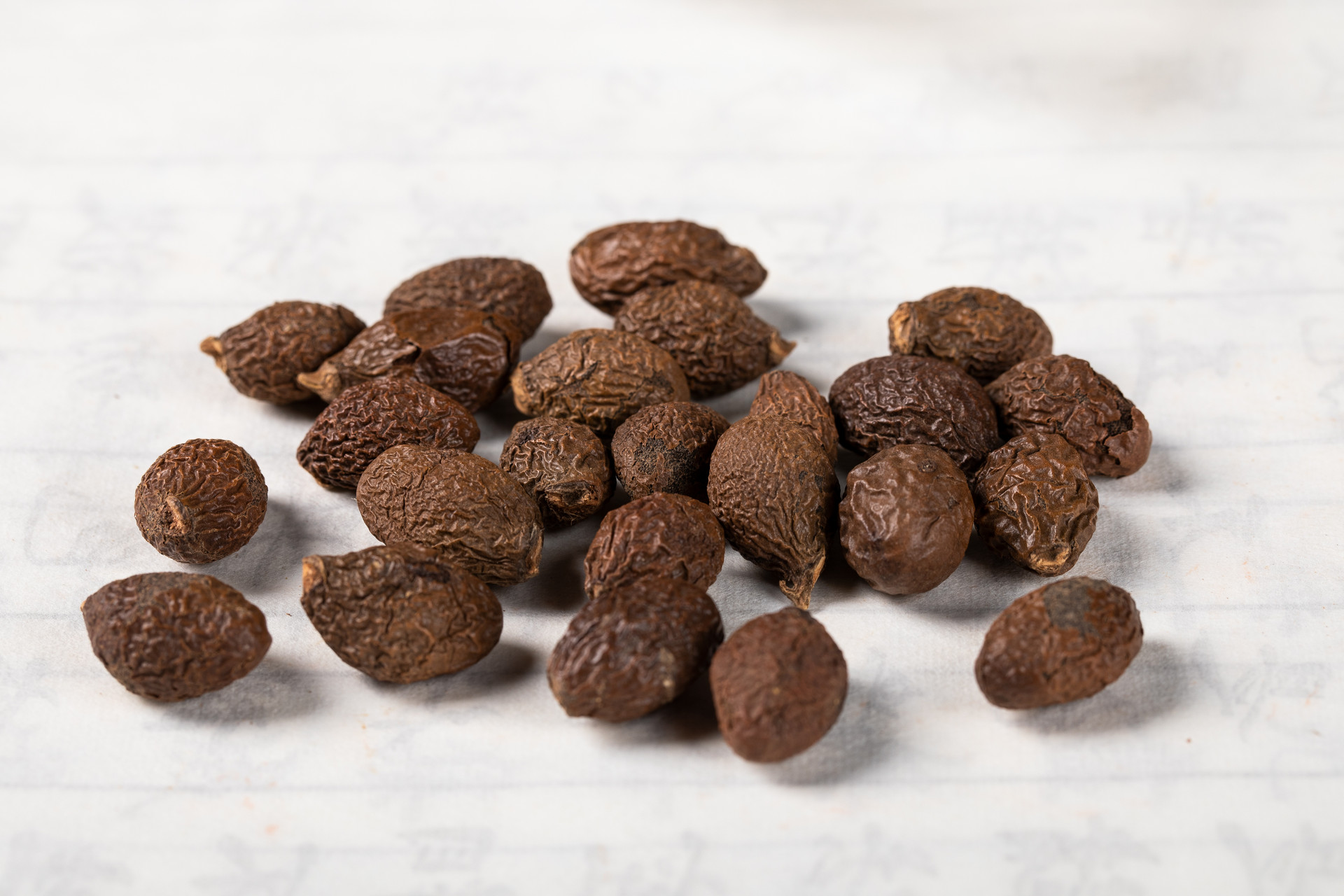Ginger, traditional Chinese medicine name. It is the dried rhizome of the ginger plant in the Zingiberaceae family. It is dug up when the stems and leaves wither in winter, and the stems, leaves, roots, and mud are removed. It is then dried in the sun or roasted lightly. Also known as white ginger, jun ginger, and dried ginger. It is produced in most parts of China, with the main production areas being Sichuan and Guizhou.
The dried rhizome is flat and irregular in shape, with finger-like branches. It is 4-6 cm long and 0.4-2 cm thick. The surface is grayish-white or grayish-yellow, rough, with longitudinal wrinkles and obvious nodes. At the branches, there are often remnants of scale leaves. The texture is solid, and the cut surface is granular, grayish-white or light yellow. If the texture is loose, the veins will be visible, with small oil spots and a distinct ring. It has a fragrant aroma and a spicy taste. The best ginger is solid in texture, with grayish-yellow skin, grayish-white interior, powdery texture, and few veins.
Processed ginger: Remove impurities, soak in water for 3-6 hours, remove, cover, and slice or cut into small squares after moistening, and then dry. Fried ginger: Take ginger slices, put them in a pot, stir-fry over high heat until foaming and bulging, with the outer skin turning brown and the inside turning yellow. Sprinkle a little water, remove, and dry.
The efficacy of dried ginger
Taste: Spicy; Nature: Hot
Meridian tropism: Spleen; Stomach; Heart; Lung meridians
The functions of dried ginger
Functions: Warming the middle and dispelling cold; Reviving yang and promoting blood circulation; Warming the lungs and resolving phlegm. Used for cold and pain in the stomach and abdomen; vomiting; diarrhea; collapse of yang and reverse flow; cold phlegm asthma; cold and dampness arthralgia.












